
Eight effective ways to reduce energy costs in your home
Tips and tricks to help you save on bills this winter
As energy costs continue to soar, now is the ideal time to evaluate how much energy you are consuming at home. You might not realise it, but even simple lifestyle adjustments can have a significant impact on your annual energy costs.
We’ve taken a look at some different ways to help you save money on energy around the house.
1. Keep track of your energy usage
Knowing how much energy you are using throughout the day makes it much easier to reduce your energy costs. With many energy providers offering installation for free, fitting a smart meter will enable you to monitor your energy usage and identify areas where you could be making savings. If not, you risk receiving a rude shock when your energy bills arrive.
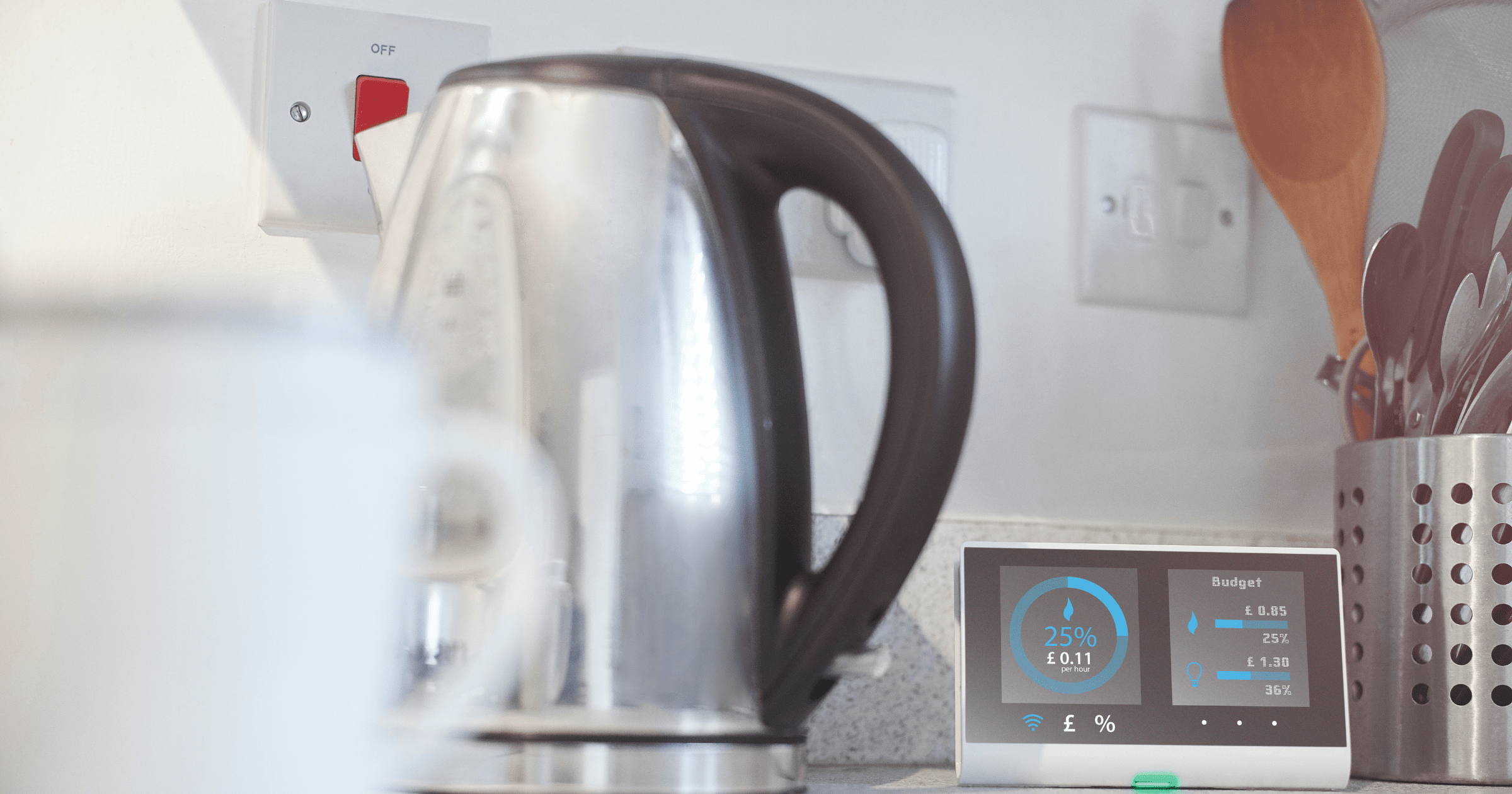
2. Draught proof your home
With no building regulations required, draught proofing simply involves filling in the gaps around doors, windows, loft hatches, floor boards, fittings, cracks in walls, and exposed pipework where cold air can enter your home. There are all different kinds of materials you can use to fill in these gaps, for example:
- Silicone sealants
- Expanding polyurethane foam
- Brush strips
- Self-adhesive foam strips
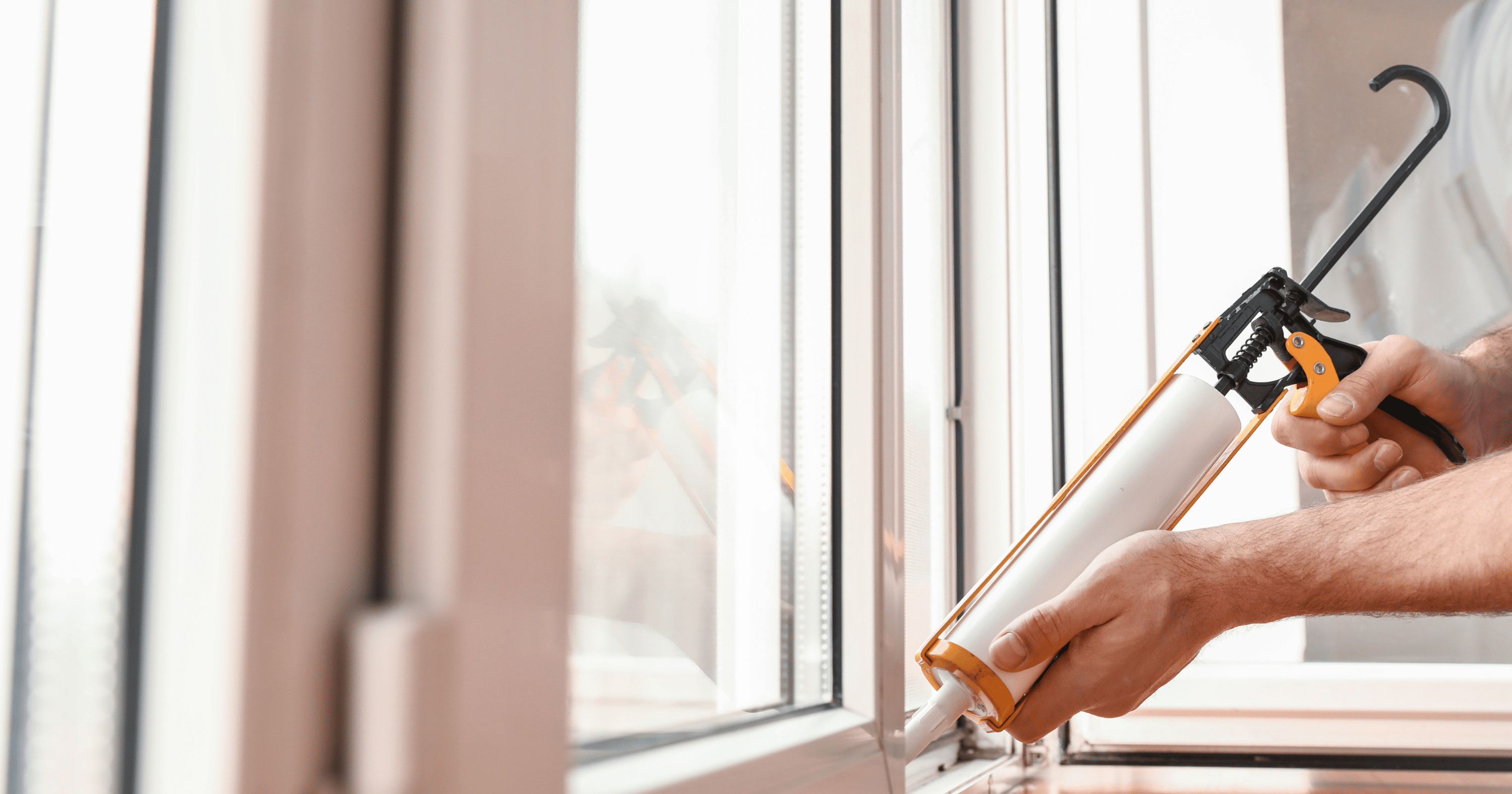
3. Programme your central heating
Programmers allow you to set ‘on’ and ‘off’ periods, so you can set the central heating to turn on half an hour before you get up and off again half an hour before you go to bed. If the house is empty during the day, or you want to keep costs down as much as possible, make sure you’ve programmed the thermostat to turn off during this time as well.
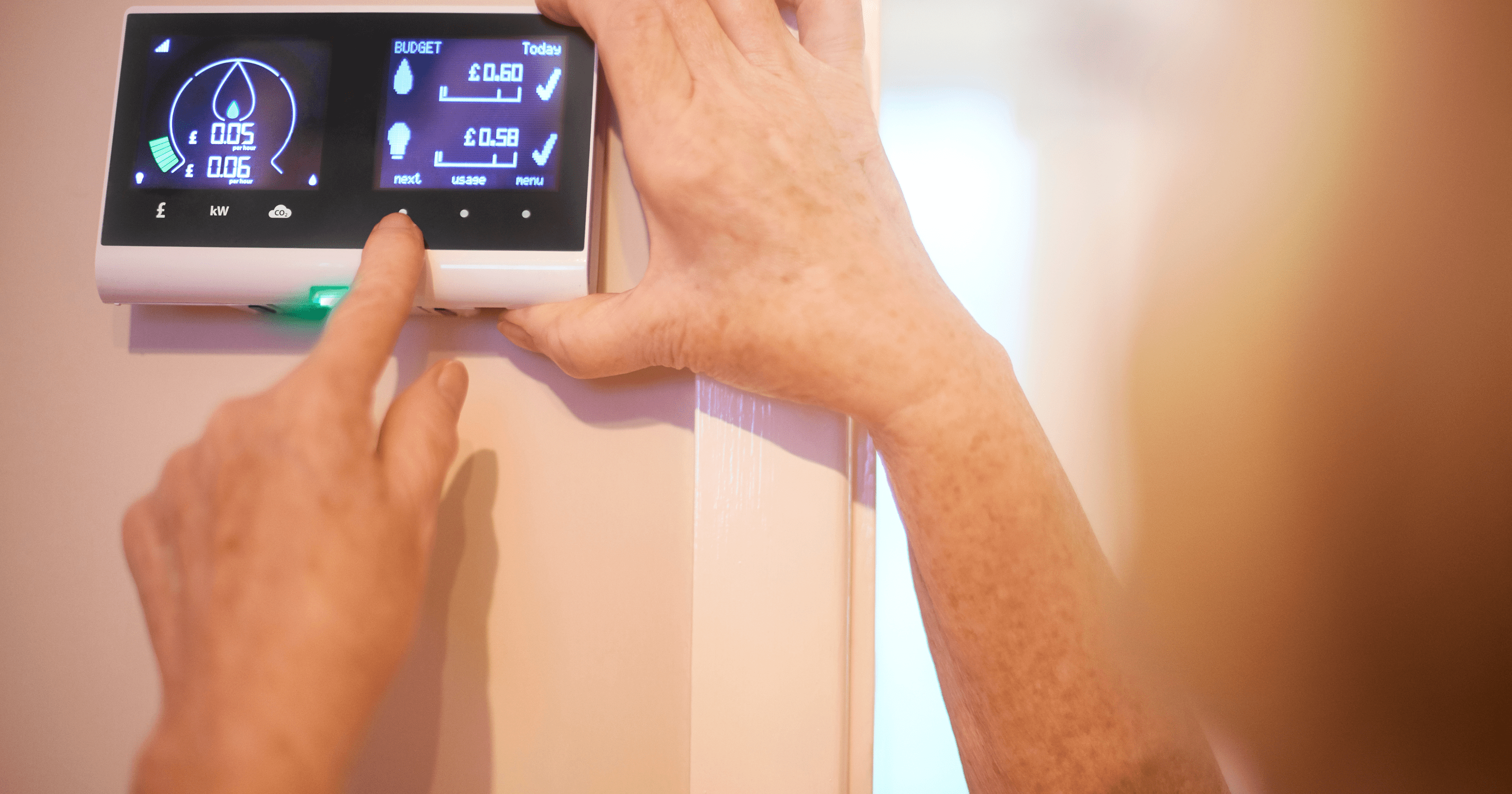
4. Cut phantom power usage
While leaving devices around the home on standby only consumes small amounts of power, the costs of doing so can quickly add up. If you’re looking to combat what is commonly known as the ‘vampire power’ drain, why not look into plug-in timers for your electrical appliances, or a standby saver which can be programmed to respond to a single remote control so you can turn your devices back on at the click of a button.
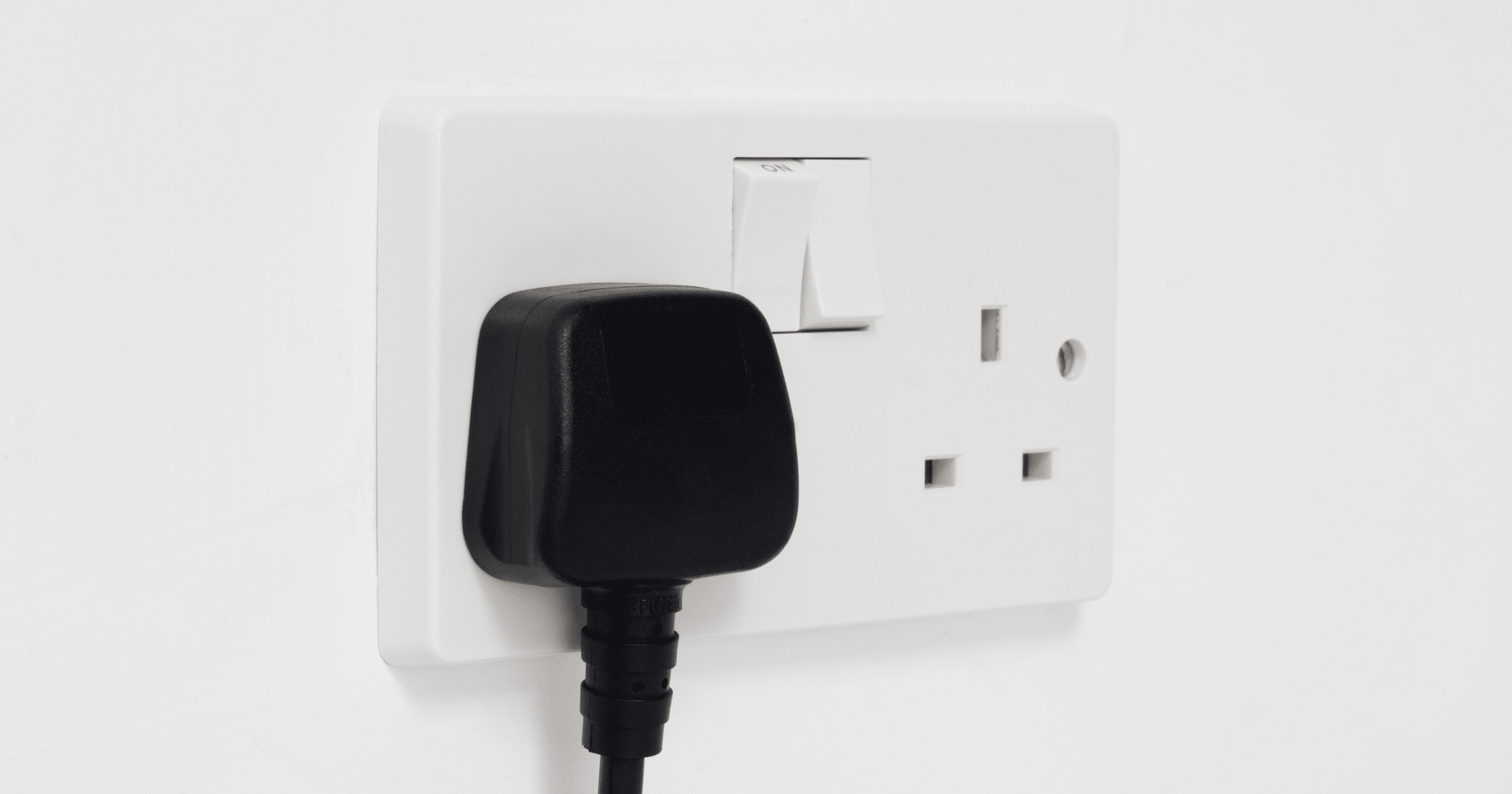
5. Use LED lightbulbs
Using up to 90% less energy than conventional halogen bulbs, switching to LED light bulbs and downlights can help you save money on your energy bills. These alternatives are the most efficient bulbs available and they can last up to 10 times longer than other lighting options.

6. Ditch the bath
Now, we’re not saying you have to give up on baths completely but short showers are always more energy efficient, with a five minute shower using around a third of the water required for a bath. If you can’t part with your bath, try reducing the amount of water you use instead!
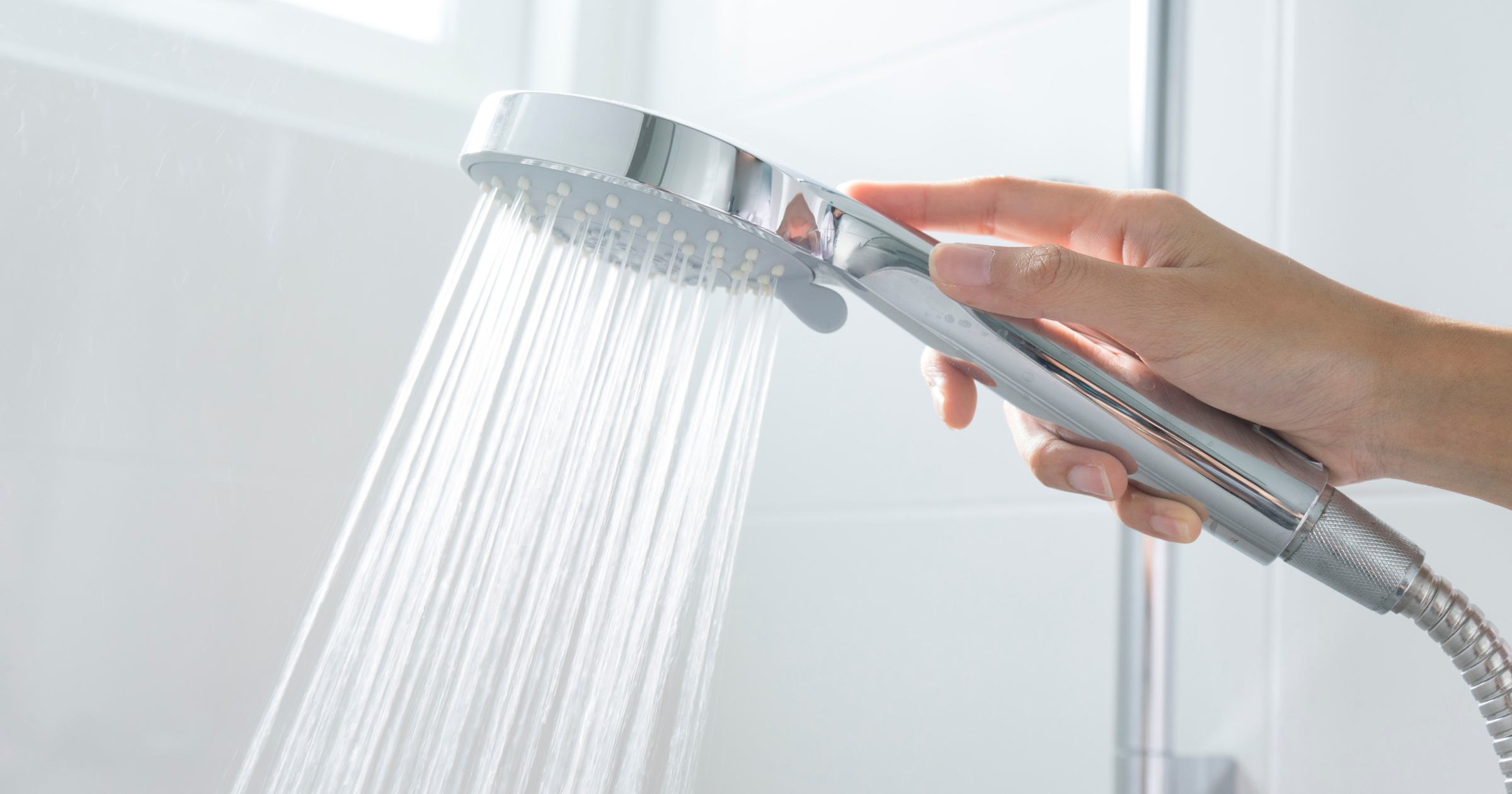
7. Consider double glazing
Double-glazed products insulate against heat and cold up to four times better than single-glazed windows and doors due to their unique design. Furthermore, triple glazing could save you up to 50% of your energy bills in a year.
While most new build homes will already come fitted with double glazing, some older properties won’t. Replacing all of the windows in your home will be expensive and the pricing will vary greatly depending on the size of your property, so it’s important to get multiple quotes and weigh up whether this would be the best option for you in the long term.
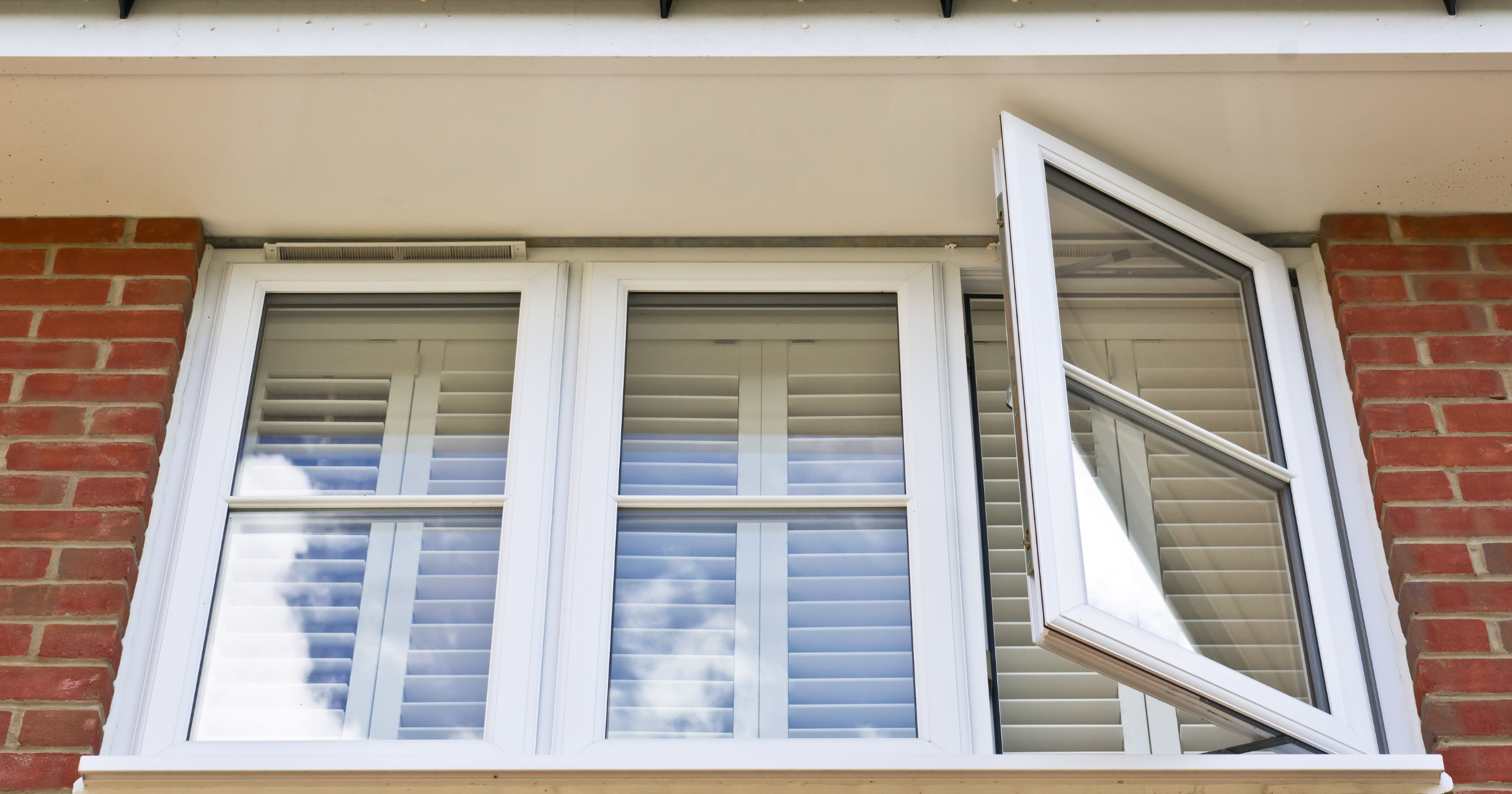
8. Buy a new build home
With most new build homes coming fitted with high-specification appliances and materials, they also have to comply with the latest building regulations, ensuring that they include up to date heating systems and insulation.
Plus, did you know that as a result of modern building techniques, not only could you save money on your energy bills but these homes also have a reduced impact on the planet! Buying a home is not a decision to be taken lightly but if you are looking to get onto the property ladder, you may want to consider buying new.

Share to Buy is a one stop shop for affordable homes. On our website, you can search for properties, compare mortgages and find out all you need to know about alternative home buying schemes such as Shared Ownership via our article index.